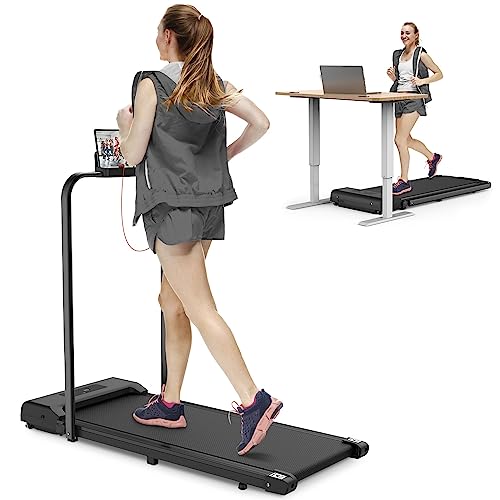Treadmills have actually ended up being an important part of physical fitness culture, providing a practical option for people looking for to improve their cardiovascular physical fitness without the need for outside areas or weather condition factors to consider. With an array of features and designs offered, prospective buyers need to be educated to make the best choice. This article intends to provide an extensive summary of treadmills, consisting of the different types, advantages, and aspects to think about when buying one.
Manual treadmills are powered by the user rather than an electric motor. They need no electricity and normally include a simple style with less moving parts.
Motorized treadmills are the most typical type, powered by an electric motor. They typically offer various features such as programmable workout routines, adjustable slopes, and higher weight capabilities.
Folding treadmills are designed for simple storage, making them perfect for those with minimal space.
These treadmills are developed for resilience and efficiency, normally found in gyms and fitness centers. They are developed for high usage rates and featured innovative features.
| Kind of Treadmill | Source of power | Common Features | Suitable For |
|---|---|---|---|
| Handbook Treadmill | None | Basic exercise metrics | Minimalist users |
| Motorized Treadmill | Electric | Programmable exercises, incline options | General physical fitness enthusiasts |
| Folding Treadmill | Electric | Space-saving style | Home users with minimal space |
| Commercial Treadmill | Electric | Advanced training programs | Gym centers |
Treadmills use numerous benefits for people looking to enhance their fitness levels or maintain an athletic regimen.
Owning a treadmill allows users to work out at their own schedule, eliminating reliance on climate condition. It provides versatility, as workouts can take place day or night.
Lots of modern treadmills include personalized programs to accommodate beginners and experienced athletes. Users can change speed, slope, and exercise period to optimize the effectiveness of their sessions.
The majority of treadmills come geared up with digital screens that tape vital statistics such as range, speed, calories burned, and heart rate. Monitoring this information helps users track their physical fitness progress with time.
Treadmills frequently offer a cushioned surface area that can decrease joint effect compared to running on difficult outside surfaces, making them a suitable choice for individuals with joint issues or those recovering from injuries.
Users can engage in different workouts on a treadmill, from walking and running to interval training and speed work. Some machines even offer integrated courses that simulate outside surfaces.
When buying a treadmill, individuals ought to consider a number of elements to guarantee they make a notified decision.
Typically, a premium treadmill can last between 7 to 12 years, depending on usage, maintenance, and build quality.
Popular brand names include NordicTrack, Sole Fitness, Precor, and LifeSpan, each known for their quality and client complete satisfaction.
Yes, treadmills are best for walking, jogging, or running, making them flexible for users of all fitness levels.
Regular maintenance is generally suggested every 6 months to ensure optimum efficiency and durability.

While working on a treadmill daily is appropriate for some, it's wise to include day of rest or alternate workouts to avoid potential overuse injuries.
In conclusion, treadmills remain a popular choice for physical fitness lovers searching for flexibility and customizability in their exercise routines. By understanding the different types available, their benefits, and key factors to think about during purchase, users can make an informed decision that lines up with their physical fitness objectives and lifestyles.